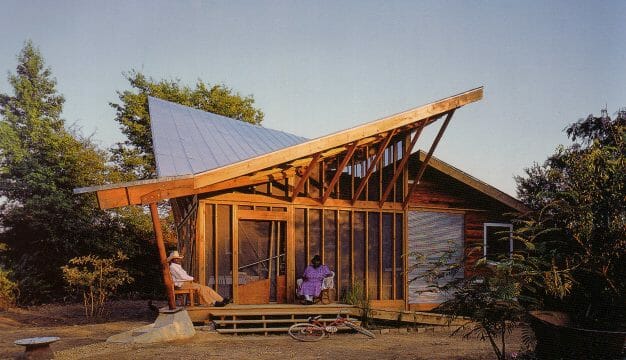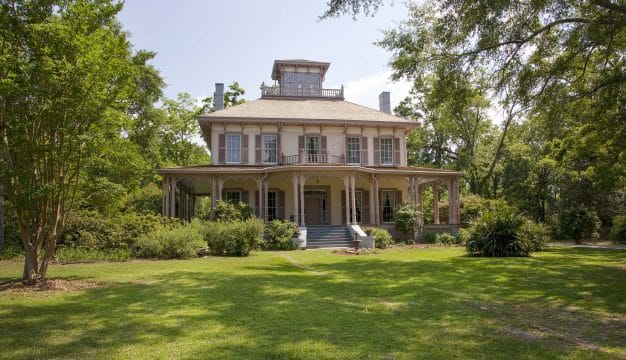Myrtlewood
Myrtlewood is located in west-central Marengo County in the west-central part of the state. It has a mayor/city council form of government.
History
The area around Myrtlewood was dominated by large landholders and cotton plantations before the Civil War. Between 1830 and 1839, 14 buyers purchased almost all of the land on which present-day Myrtlewood sits. Descendants of Germans, Swiss, and French Huguenots moved to the area from South Carolina to found a plantation community that they named Rembert Hills. As in many other areas in Alabama, the plantation system was replaced by tenant farming and sharecropping after the end of the Civil War. Additionally, many of the local families moved west, some to east Texas.
In the early 1880s, Marengo County citizen Daniel John Meador and his wife Lidie Augusta Poellnitz relocated to this part of Marengo County to take up residence with Poellnitz's mother and sister. Meador managed the land and labor on his deceased father-in-law's plantation and quickly became a local leader, securing a post office for the town and becoming its first postmaster. When the post office was ready to open in 1885, local residents proposed that the town be dubbed Meadorville, but Meador politely declined the honor. (He eventually became a prominent state representative and senator around the turn of the century.) The post office initially assigned the name Riverside to the town but discovered that another Alabama municipality already had that name. The townspeople then decided on the name Autrey but a year later had appointed a committee to rename the town. They finally settled on Myrtlewood because of the many crepe myrtles that grew in the area.
Myrtlewood once again prospered after the 1902 completion of a Meridian and Bigbee Railroad line that ran through the town and would eventually connect Montgomery, Montgomery County, to Meridian, Mississippi. This line provided regular provisions for several general stores, a drug store, two hotels, and a cloth store in the town. The railroad also enabled local lumber mills, blacksmith shops, cotton gins, and brick kilns to ship their wares to market cheaply and more efficiently than was previously possible. Three large lumber mills operated in the area, specializing in barrel staves and wheel spokes.
The Great Depression crippled Myrtlewood, however, but the town recovered somewhat in the late 1950s. In 1955, the American Can Corporation bought a large tract of land across the Tombigbee River from the town to establish a paper mill, which began operating in 1958. Many residents of Myrtlewood began working at the paper mill. Myrtlewood finally incorporated in 1957. In recent years, recreational hunting has generated income for the town.
Demographics
According to 2020 Census estimates, Myrtlewood recorded a population of 111. Of that number, 85.6 percent of respondents identified themselves as white and 14.4 percent as African American. The town's median household income was $77,596, and the per capita income was $32,569.
Employment
According to 2020 Census estimates, the workforce in Myrtlewood was divided among the following industrial categories:
- Retail trade (39.7 percent)
- Educational services, and health care and social assistance (36.2 percent)
- Public administration (10.3 percent)
- Information (10.2 percent)
- Professional, scientific, management, and administrative and waste management services (8.6 percent)
- Transportation and warehousing and utilities (3.4 percent)
- Other services, except public administration (1.7 percent)
Education
Students in Myrtlewood attend Marengo County schools; no public schools are located within the town limits.
Transportation
County Highway 11 bisects Myrtlewood running north-south, and State Highway 114 runs through the lower half of town, going roughly east-west while State Highway 69 cuts through the southeast section of the town, The Meridian & Bigbee Railroad, a subsidiary of the Genesee & Wyoming, operates a rail line through the north part of the town.
Events and Places of Interest
The Tombigbee River is located approximately three miles north of town, offering water sports such as swimming, fishing, skiing, and boating. Lock Number Two Park is located just southwest of Myrtlewood across the Tombigbee. Also close by is Moscow Landing, the site where the steamboat Eliza Battle burned and sunk in February 1858, killing 33 of the 60 passengers and 45 crewmembers. Local legend claims this section of the Tombigbee River is haunted by the ghosts from the sunken ship. The story is featured in Kathryn Tucker Windham's book, 13 Alabama Ghosts and Jeffrey.
Additional Resources
The Heritage of Marengo County, Alabama Clanton, Ala.: Heritage Publishing Consultants, 2000.
Meador, Daniel J. Rembert Hills and Myrtlewood: From Cotton Kingdom to Great Depression. Charlottesville, VA: Privately Published, 2002.





